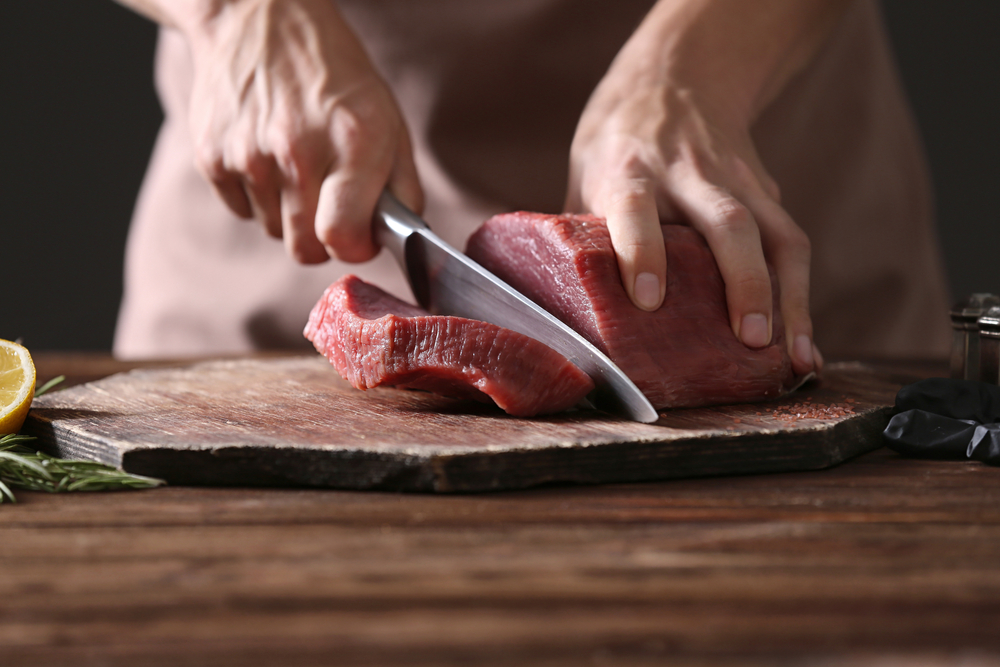Selling flowers is a big business. Here we talk with Anna Grant from Flowers Made Easy, Ireland’s largest flower delivery company.
What’s the size of the flower market in Ireland?
The flower sector is growing but changing at the same time. It’s hard to put an exact figure on the market size, but the customer’s wants and needs are making businesses change what they sell and how they supply their product.
How many traditional flower shops remain?
Unfortunately, the recession has resulted in closures of some of the ‘local’ florists around Ireland. It was no longer sustainable to remain open due to the change in how people ordered flowers and also the value of the customer’s orders. Another factor is the supermarket chains selling flowers. We’d estimate that there are less than 500 flower shops operating in Ireland today.
Is the bricks and mortar sector really in ‘terminal danger’?
No, we don’t believe this is the case. However, just selling flowers in a shop is not enough to encourage customers into your store. At Flowers Made Easy we never opened the ‘traditional’ shop in our 25 years of business. We brought the business online and now run it from a large warehouse in Sandyford. Our customers can, and do, walk in off the street but we aren’t reliant on them to do this. It’s great to see them when they do call in, and they are impressed with what they see. To make it on the main street you need to differentiate yourself from the competition and ensure you have a high level of quality and artistry. The shops that are successful do this very well.
Who’s the biggest player?
There are several players at the top end; we are the largest online warehouse model in the country with others like Keeling’s taking the most significant share of the supermarket supply business.
Who are the challengers?
Challengers? It’s hard to say; many have tried, but the whole space is evolving to deal with the digital age. A flower company that works hard at a beautiful offering adores its product and does the very best each and every time for its customer is a challenge to us, because that’s what we do.
Any threats to the sector?
Transport costs are tight, even with the reduction in oil prices you would hope this would reflect in your transport pricing, in and out of Holland, but unfortunately, this isn’t the case. The other issues would be the international online florists who are driving the price from an online marketing point of view. They continue to spend huge volumes which result in crazy CPC (cost per click) prices, which is just not sustainable. At the end of the day, this continued sort of spend has to result in a reduction in the quality of the delivered product. This is not something we will involve ourselves in.
What are the trends in the sector?
12 red roses are still the biggest seller, and delivering to ‘her’ office. She’ll say, ‘No don’t embarrass me’ but deep down, really appreciates it. The extras are also what men include (for those bonus points) – chocolates and teddy bears. Traditional giving is still big in Ireland.
What’s the most popular flower?
For Valentine’s Day, again, it’s the red rose. Throughout the year, it changes. The men of Ireland are becoming more aware of what their other half loves. Peonies are always in high demand in the summer months, and Tulips come spring time.
Also in the summer, Irish-grown lilies simply can’t be beaten; the quality and vase life is phenomenal.
What’s the average spend per person?
The average spend has fluctuated over recent years. It wasn’t long ago that the average Valentine’s Day spend was over €100 which did decrease to about €55. This year the average spend was €65 – €70.
Images from Shutterstock and Anna Grant. ⊕
-
Bank of Ireland is welcoming new customers every day – funding investments, working capital and expansions across multiple sectors. To learn more, click here
-
Listen to the ThinkBusiness Podcast for business insights and inspiration. All episodes are here. You can also listen to the Podcast on:
-
Spotify
-
SoundCloud
-
Apple






